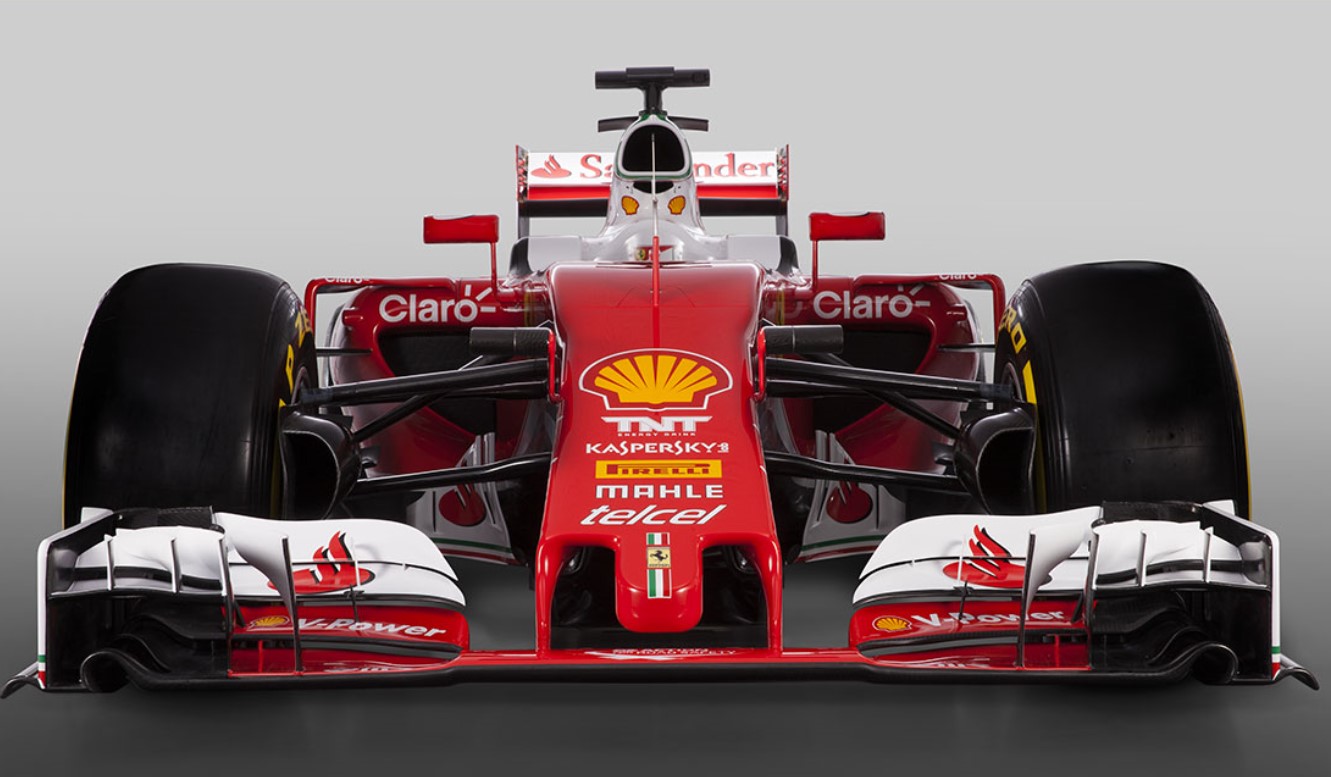Ferrari spent engine tokens wisely
 |
| 2016 Ferrari |
Ferrari emerged as the hungriest consumer in terms of engine development tokens over the winter. The Italian manufacturer proved to be focused on completely revising its engine packaging for the new season.
For 2016 engine manufacturers were allowed to upgrade their engines with different solutions worth 32 tokens. Ferrari spent 23, Mercedes 19, Honda 18 and Renault just 7 tokens which leaves Ferrari with the least amount of further development possibilities.
The token system, which was introduced with the start of the hybrid engine era in 2014 was intended to limit the costs spent for engine development, but is already set to be abolished in 2017 in an attempt to reduce the performance gap between different manufacturers.
Ferrari in fact already began its 2016 development campaign by spending 4 tokens on paper only, by getting an upgraded engine homologated without running it at last year's Abu Dhabi Grand Prix weekend. Without that effort, the tokens would have gone lost.
It appears now that a lot of its large token spend over the winter was necessary to design a package that would allow for an aggressive aero package for its new challenger. The result are many relocated power unit components and a largely revised cooling layout.
In the old Ferrari PU the MGU-H and the MGU-K were placed behind the engine. In order the free up space behind the internal combustion unit those two components were put forward. The MGH-H has been housed inside the V of the engine as in the case of Mercedes. The MGU-K was put beneath the left cylinder bank.
Ferrari also managed revised its intercooler layout, splitting the single water-to-air component into two seperate elements. There is an air-to-air cooler which is directly connected to the turbo, then the air is transferred into a water-to-air cooler which feeds the cooled air into the engine.
Reports suggest that the arrangement has enabled Ferrari to decrease turbo lag while the more convenient piping for the intercooler components cleared some space underneath the engine cover.
As winter testing and the Australian Grand Prix have showed, Ferrari still have some work to do, with reliablity seemingly not yet at a level that the team have come to expect. While various problems were encountered and fixed following stoppages in winter testing, Kimi Raikkonen's DNF in Australia was caused by a overheating turbo. A somewhat worrying ascertainment in light of the upcoming Bahrain Grand Prix. F1technical.net
